About this detail of the Tiger
The Tigerfibel (page 28) tells us that, over a distance of 7km, the Tiger's engine will consume 170 kl of air. It adds that the tank breathes as much in those 15 minutes as a man would in 10 days. That air is perhaps loaded with dust thrown up from the tracks. I quote: "Your two air filters must digest all of that, they are your only weapon against this fatal enemy."
The Tiger's original engine, the HL210, had in fact three air filters. Its replacement, the HL230, had two filters. This diagram from the Tigerfibel shows how they worked:
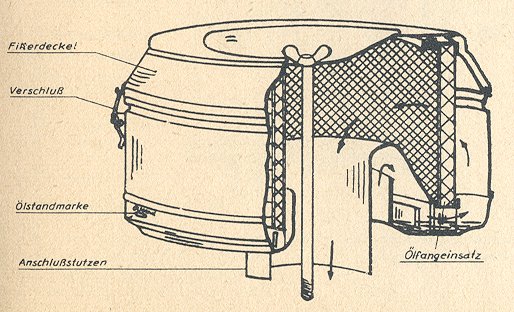
They were canisters of sheet metal (Filterdeckel) held in place by a long central bolt. The flow of air is shown by arrows: it enters from below, through an opening encircling the central shaft (Anschlußstutzen), then passes through a bath of used engine oil in the bottom of the canister. This removes the coarser particles. The air is then drawn up along the outer wall and inwards through a gauze filter that catches the finer dust. It leaves the canister through the central shaft.
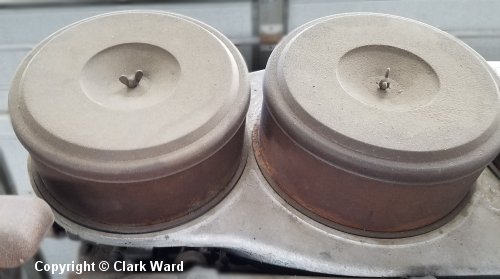
These rusted relics are HL210 air filters on a museum Tiger (in Fort Benning). They are seated in an air duct specific to the HL210.
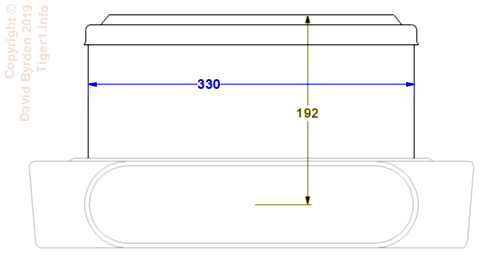
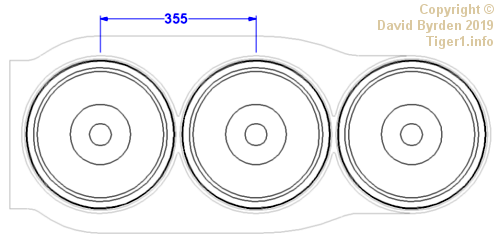
Here are some dimensions of the HL210 filter arrangement. (Green numbers are quotes from German design drawings; blue numbers are obtained by measurement.)
The HL210 engine was soon phased out and replaced by the more powerful HL230. This engine had two air filter canisters rather than three. They were mounted on a small duct that carried their output air only.
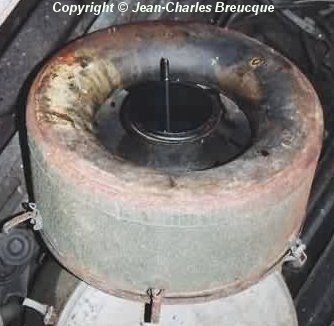
This is the underside of a HL230 filter canister, clearly showing the input and output openings and the fixing bolt.
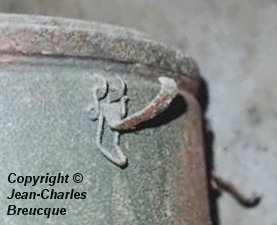
The lid of this particular canister type was held in place by 6 catches.
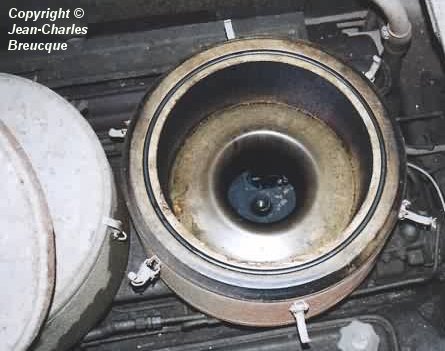
Here, the canister is sitting on the engine, and its lid has been removed. It was necessary to take out the gauze filters frequently and clean them with petrol, or they would become clogged. The oil in the canister also needed changing. (This is the Late Tiger in Saumur.)
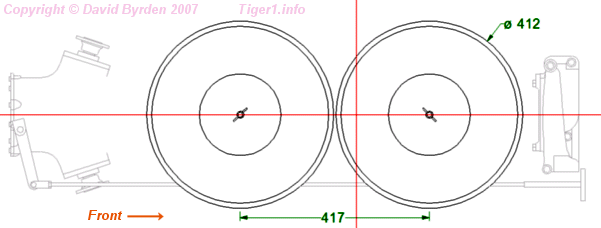
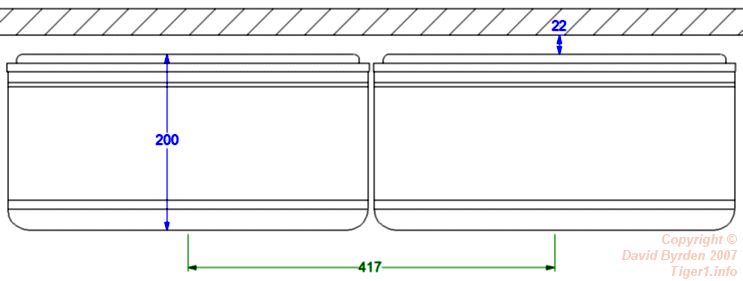
These diagram shows that the HL230 filters were significantly larger than those of the HL210. There was only about 22mm clearance between the filters and the Tiger's engine hatch.
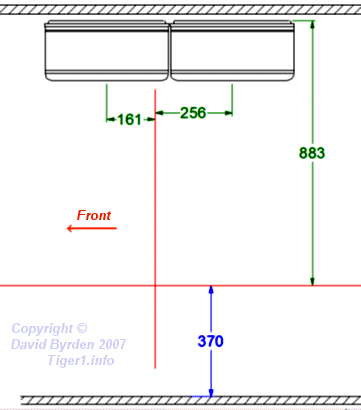
This shows the position of these filters in relation to the midline of the engine's cylinder array.
[1] Survey of vehicle 251114, at Saumur, by Jean-Charles Breucque
[2] Workshop drawing 021 B 425 B1 : HL 230 external dimensions